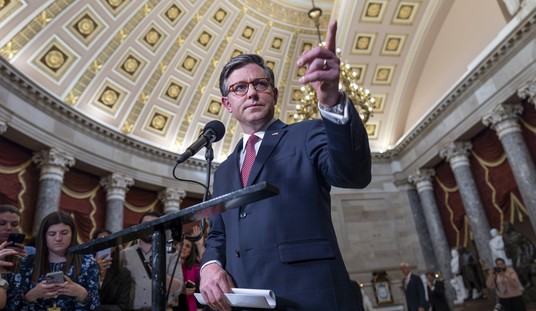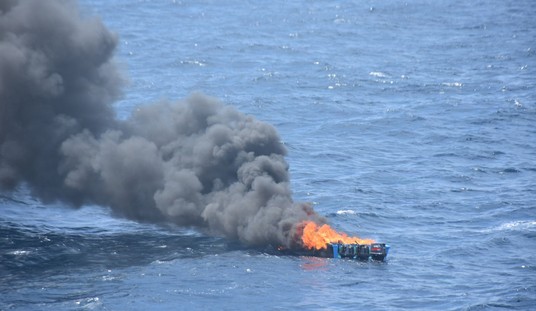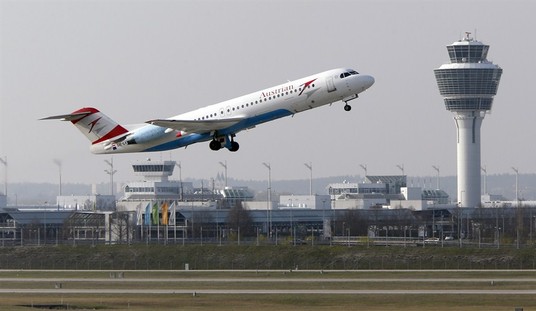Canadian Broadcasting Corporation (CBC) reported yesterday that a “briefing note” from the Biden transition team mentioned the intention of the incoming Biden Administration to cancel the building permit for the Keystone XL pipeline on “Day One” of the Administration via Executive Order.
U.S. president-elect Joe Biden has indicated plans to cancel the Keystone XL pipeline permit via executive action on his first day in office, sources confirmed to CBC News on Sunday.
A purported briefing note from the Biden transition team mentioning the plan was widely circulated over the weekend after being shared by the incoming president’s team with U.S. stakeholders.
The words “Rescind Keystone XL pipeline permit” appear on a list of executive actions supposedly scheduled for Day 1 of Biden’s presidency.
The list shown to stakeholders is a lengthier version of a list already reported in the media based on a memo released publicly over the weekend by Biden’s chief of staff Ronald Klain. That publicly reported memo from Klain did not mention Keystone XL, but cautioned that the memo was not a complete list of planned actions.
Note, there, that the action is planned according to internal paperwork of the transition, but it was not listed in the public announcement of the planned “Day One” Executive Orders that were sent out to the media. That could mean that the decision has not yet been made final, or that the transition wants to hide its intentions from scrutiny until after the Executive Order is signed.
It is not without significance that this is a story for the CBC. The Keystone XL pipeline is a transcontinental project that starts in Canada and ends in the US. It is very significant economically to Canada — and the liberal government of Canadian Prime Minister Justin Trudeau.
Just as a refresher, the Keystone XL pipeline is jointly owned by TC Energy in the US and the government of the Canadian Province of Alberta, where the oil fields at the end of the pipeline are located. The Keystone XL is the fourth segment of a larger pipeline project that already delivers the Canadian oil to refineries in Illinois and Texas. Keystone XL involves a new route passing through Montana, South Dakota, and Nebraska, that shortens the distance the oil must travel — cutting transport time and cost — through a larger diameter pipe that can carry more volume. The volume calculations show that Keystone XL could carry approximately 15% more from the Alberta oil fields to its termination point in Steele City, Nebraska than the existing pipeline, and do so via a shorter route in less time. The existing pipeline would remain, meaning that Keystone XL actually represents the ability of Canada to more-than-double its volume of oil delivered to US refineries with both pipelines in operation.
Congress passed a bill in 2016 approving construction of the Keystone XL project, with the Senate voting 62-36, and the House voting 270-152, meaning there was bipartisan support in both houses. President Obama vetoed the bill, and the Senate was unable to override the veto by 2/3 vote.
On November 3, 2015, Secretary of State John Kerry issued an official finding that the project was not in the public interest of the United States because it created the perception by foreign governments that it would increase fossil fuel emissions and thereby “undercut the credibility and influence of the United States” in negotiations on climate-change accords. Three days later President Obama rejected the project.
In March 2017, President Trump rescinded the Obama Administration determination, and by Executive Order authorized the project to proceed.
One might expect that over the course of four years, the project would have been able to have gotten started, making killing the project more difficult. Unfortunately, that is not the case. Changes to the pipeline route through Nebraska forced the owners to do another Environmental Impact Statement, and the results of that Statement are now the subject of litigation. In April 2020, a federal judge in Montana issued an injunction over concerns with the EIS, and the Ninth Circuit rejected an appeal to stay the injunction. The Trump DOJ appealed that to the Supreme Court, which accepted the matter for consideration in July 2020 but allowed the injunction to remain in place pending the outcome of the case. Limited non-pipeline construction has been allowed, but work on the pipeline itself and the necessary pumping station has not taken place.
The Biden DOJ will likely now reverse positions, or simply ask the Supreme Court to withdraw its petition, and allow the case to return to the Ninth Circuit for further proceedings — where the Biden Administration will once again choose to not defend the project.
Canceling the project will result in thousands of lost jobs on both sides of the border and a nearly $8 billion investment in infrastructure. It develops redundant capacity in moving oil to refinery locations and improves the quality of pipeline construction and environmental safeguards by using the latest and best technology. It creates a huge source of revenue for Canada from the sale of this oil and further solidifies the status of the US as being energy-independent and a net petroleum exporter.
Canceling the project is likely to lead to one very significant negative national security problem — the very real likelihood that Canada will bring in a Chinese partner to build a pipeline and shipping terminal on the Pacific Coastline in British Columbia, and then move the oil by tanker to refinery facilities in Asia. This was noted in a CNBC story back in 2014:
“It’s going to come out of the ground, it’s going to get processed,” said [Bill] Day. “We think it would probably be better to be processed here under our environmental rules rather than China.”
China’s state-owned companies have already invested heavily in Alberta’s oil sands. In 2012, Asian firms sunk nearly $30 billion in the area.
Does the Biden family have any investments with oil companies in China?
Maybe if the media had shown any interest in that topic back in October, we might have an answer to that question.














Join the conversation as a VIP Member